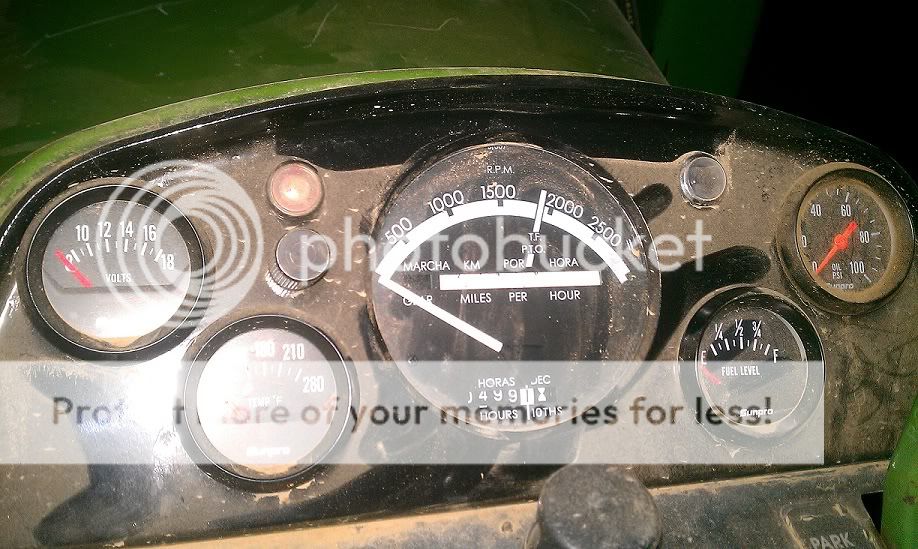If you want to test your gauge and sender you have now I can walk you through it.
Gauge:
-Its easier if you take the gauge completely out of the dash panel. Disconnect all wires from the gauge.
-Connect a jumper wire from your battery neg (-) post to the neg (-) post on the gauge.
-Now you need several varied ohm resistors from radio shack, they will cost a few dollars. Get like 10, 20, 30, 50, 100, 200 ohm ones.
-Take and connect a jumper wire from the battery pos (+) post to one of the resistors and it to the sender post on the gauge.
-I would start with the highest ones first, to little currect isn't bad for a gauge, to much, well not so much. If you have the late model sender I listed, 200 will be near 1/4 tank, 100 near 3/4, 50 near full, if any of this matches, your gauge is a 33-240 gauge and working. If all of those peg the gauge (I can't recall off the top of my head which is full/empty 0 or 30), move onto the 30 and less resistors. If the gauge doesn't not respond to any of these values its bad. If its bad then depending on if your gauge passes you can decide how to procede with replacing things, make sure you get a matched pair gauge/sender. If you want you can test the pair before leaving Deere (if you go there), all you need are three jumpers and a small 12v battery and you can do it right there on the desk and not take delivery if they dont work.
Sender:
-Preferably the tank is low or near full
-Disconnect the fuel sender wire.
-Check the ohms of the sender between the center screw and the rim of the sender where the screws are.
-(if tank is low) Using a wire reach in the tank and pull the sender arm all the way up. Check the ohms.
-(if tank is full) Using a stick or what ever push the sender arm all the way down. Check the ohms.
-Now you know about what ohms the sender is at a low tank and full tank. If your range is 0-30 ohms then you have the earlier style. If the range is aroudn 240 to 33 ohms then you have the new sender I listed. If you get neither of these reading or wacked out ones the sender it bad. I like to use an empty tank and i can watch my ohm meter while pulling the wire up to make sure you have a smooth transition through its number range. If the tank is real low taking the sender out makes testing it easier and then you can hook it to the gauge and battery and "play" with the float to move the needle.
I hope this helps, its really super easy, it looks like a big deal to test but its not. This helps rule out a lot of things like faulty ground at the sender (they ground through the tank but you can hook a jumper wire from one of the screws to frame). If you get a bunch of numbers and don't know what to make of them email them to me at
[email protected]
I will try my best to help.


